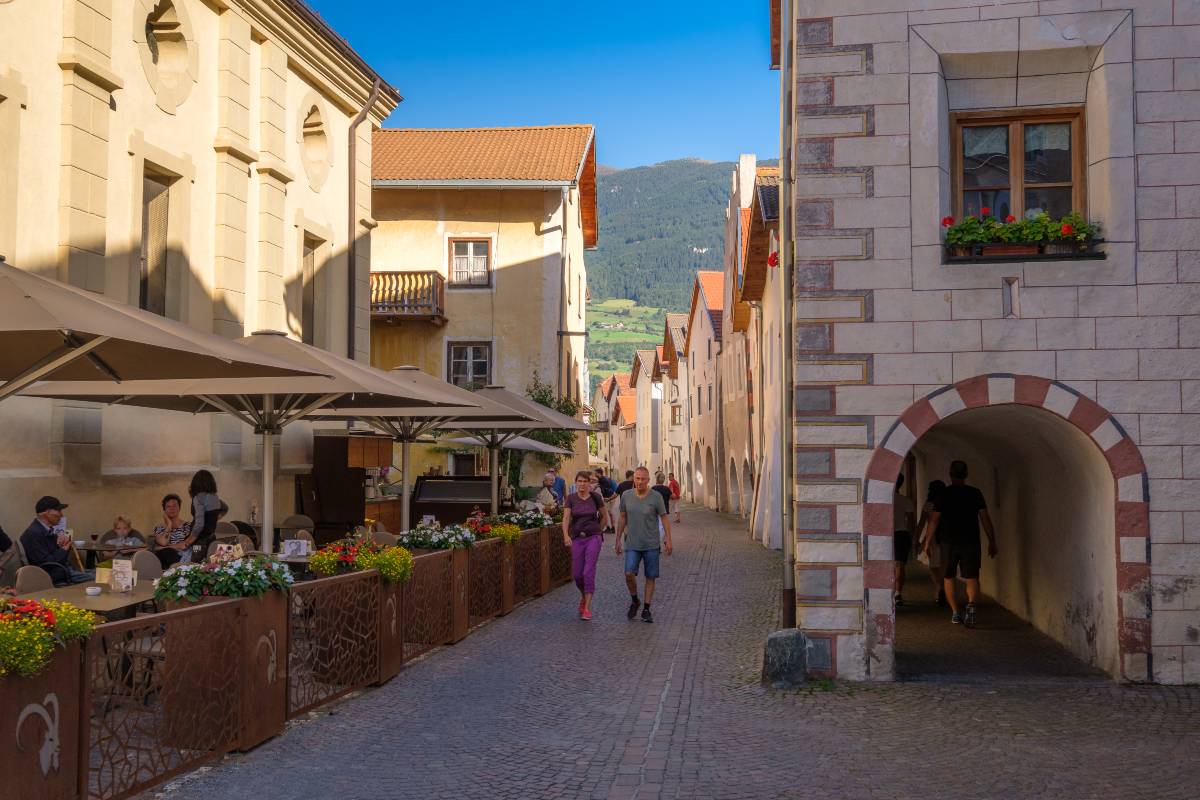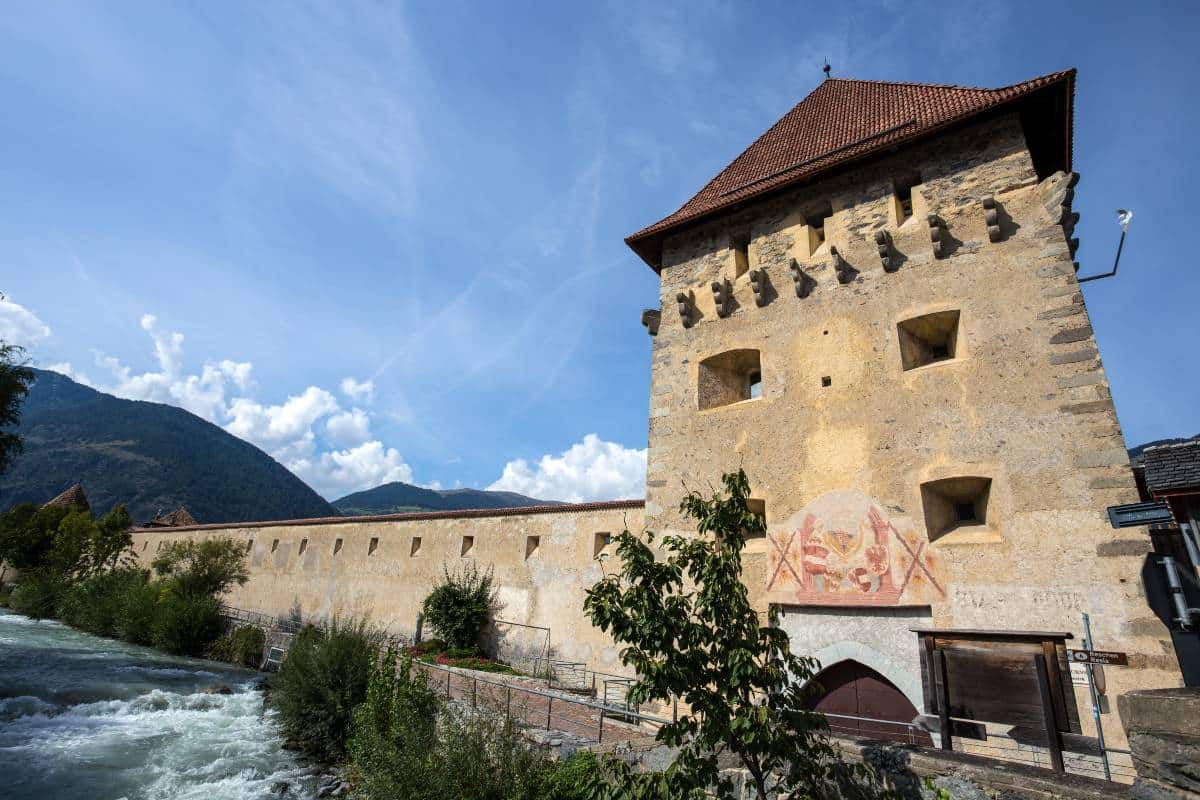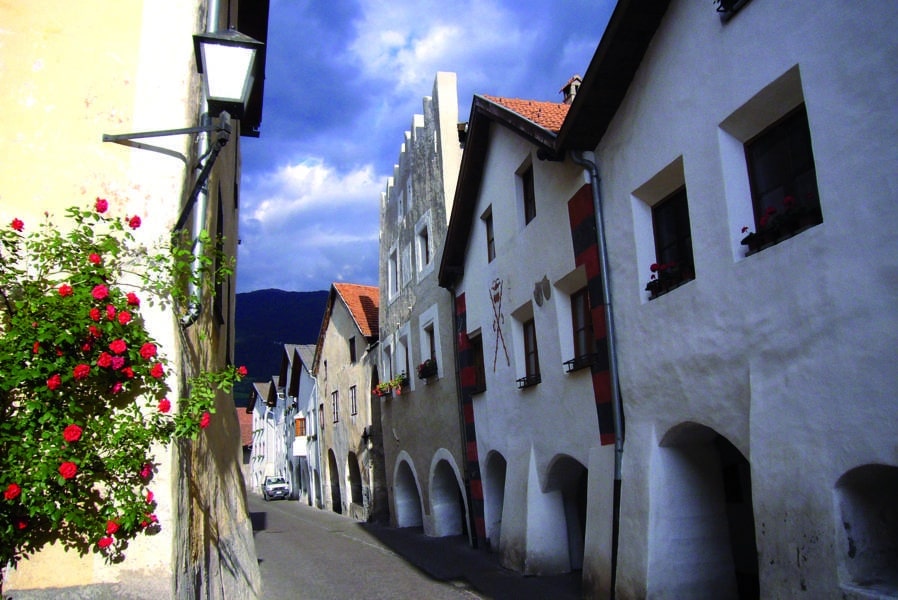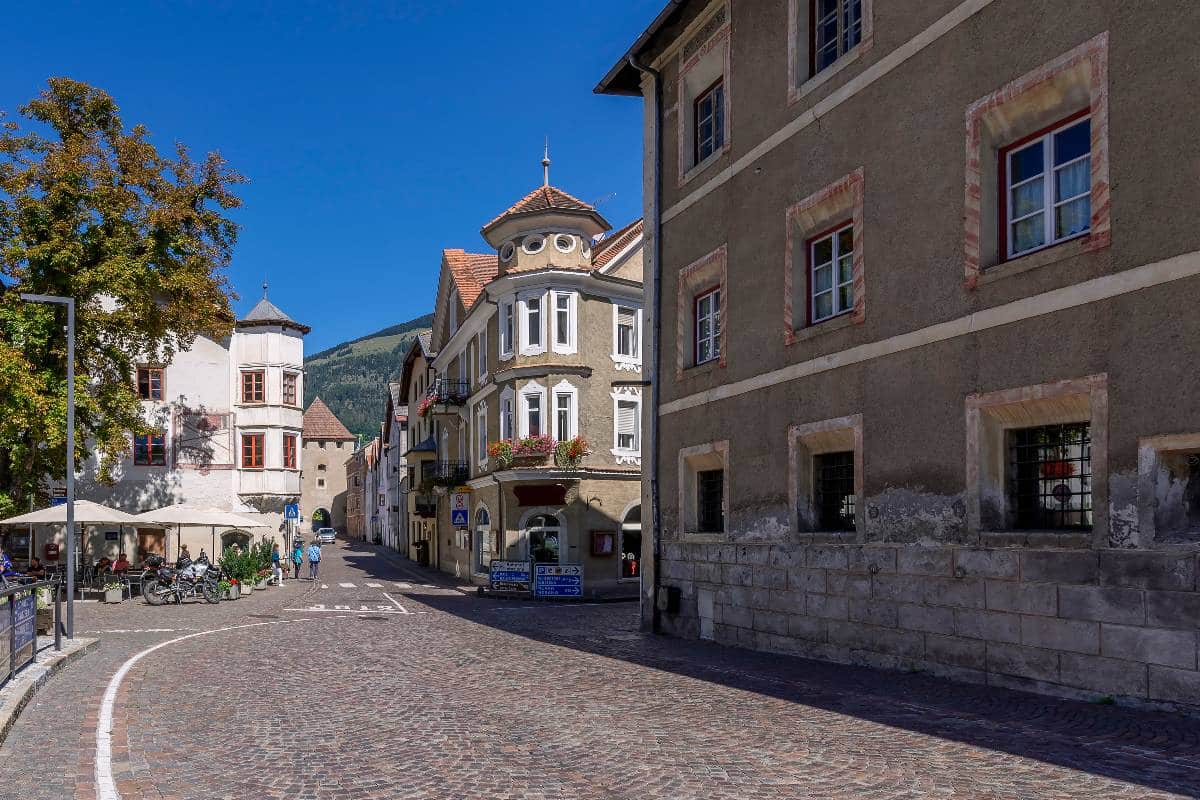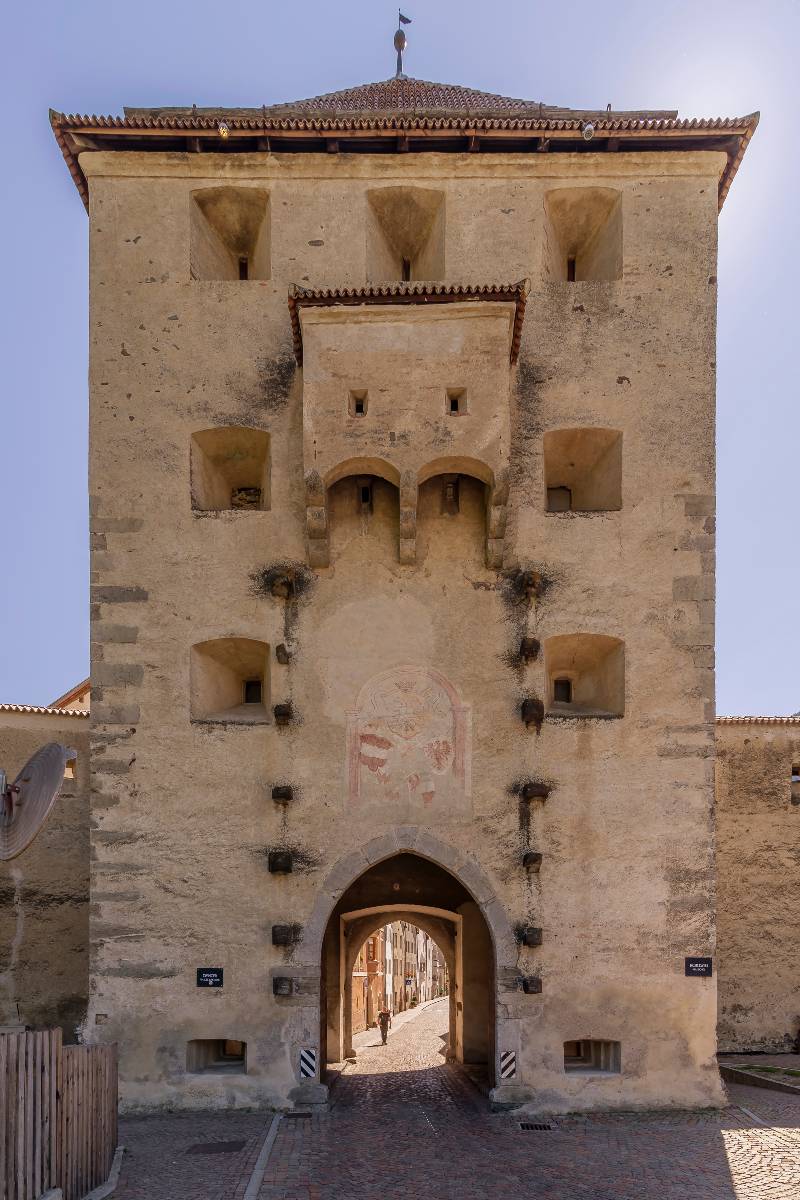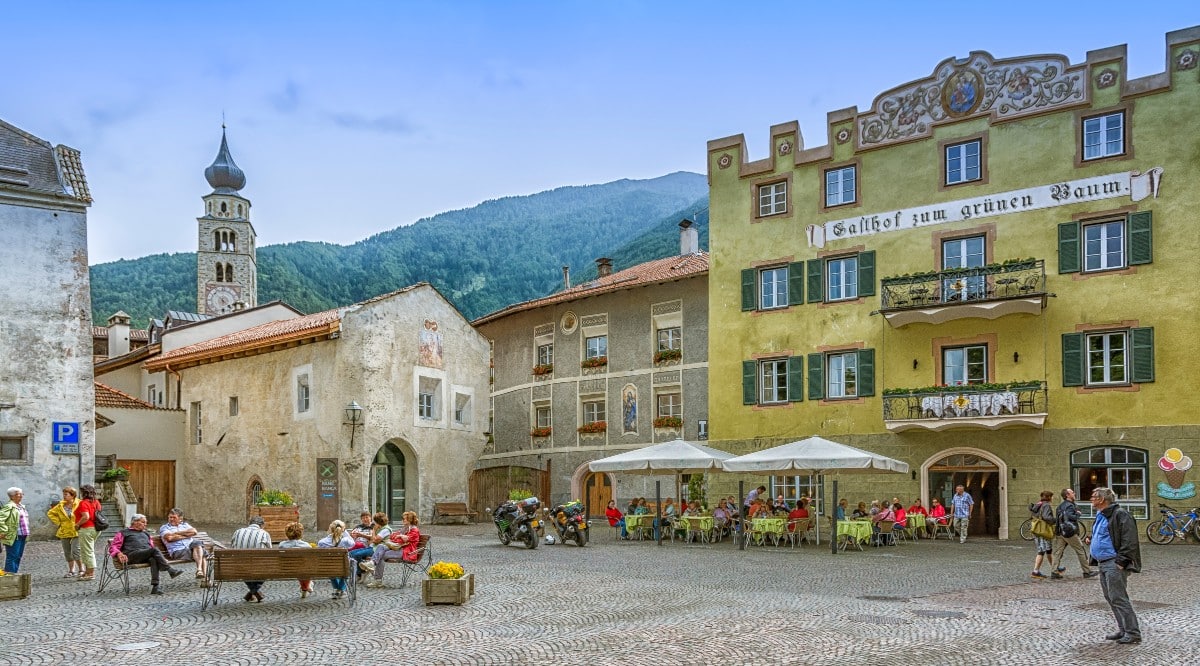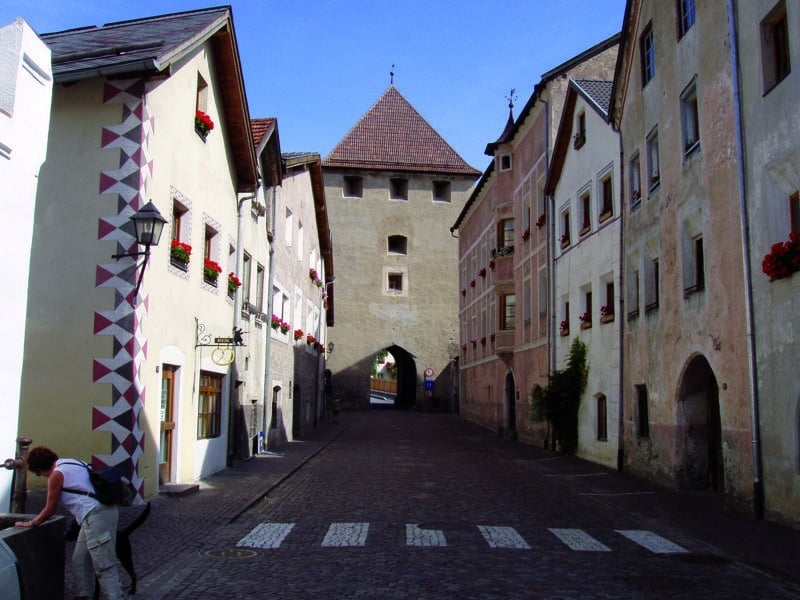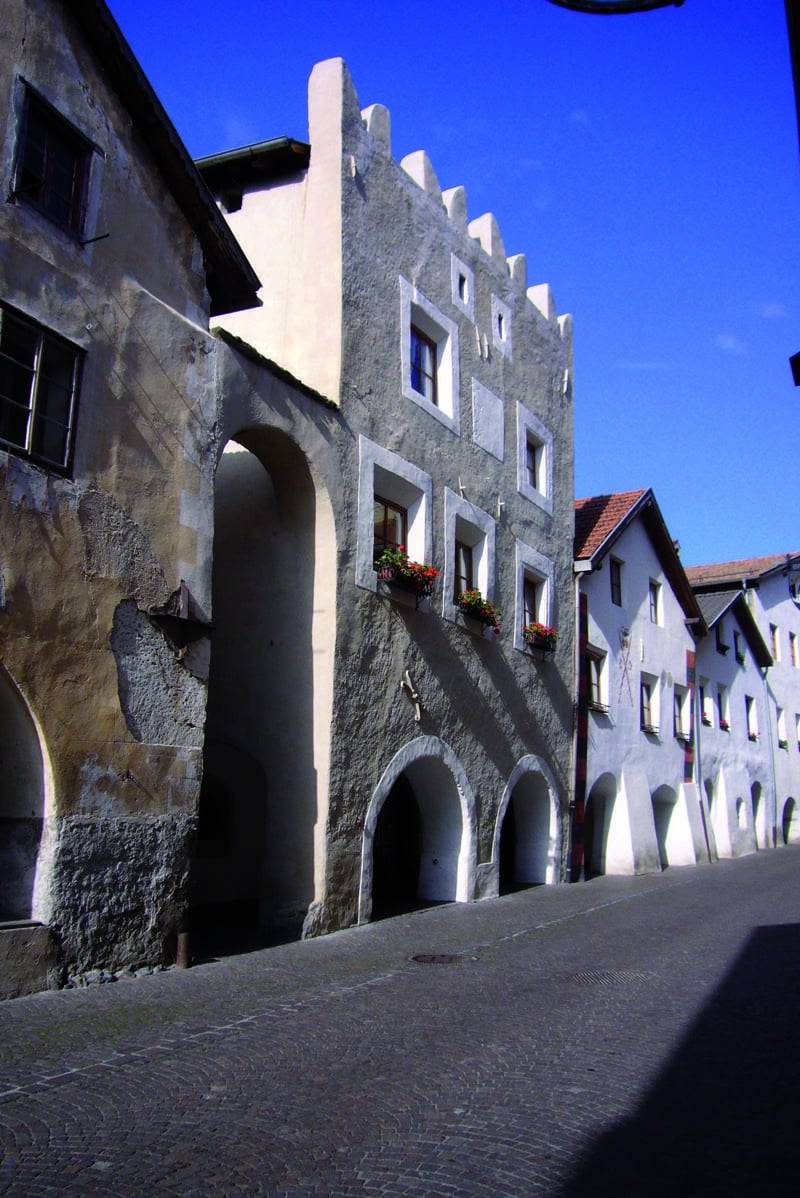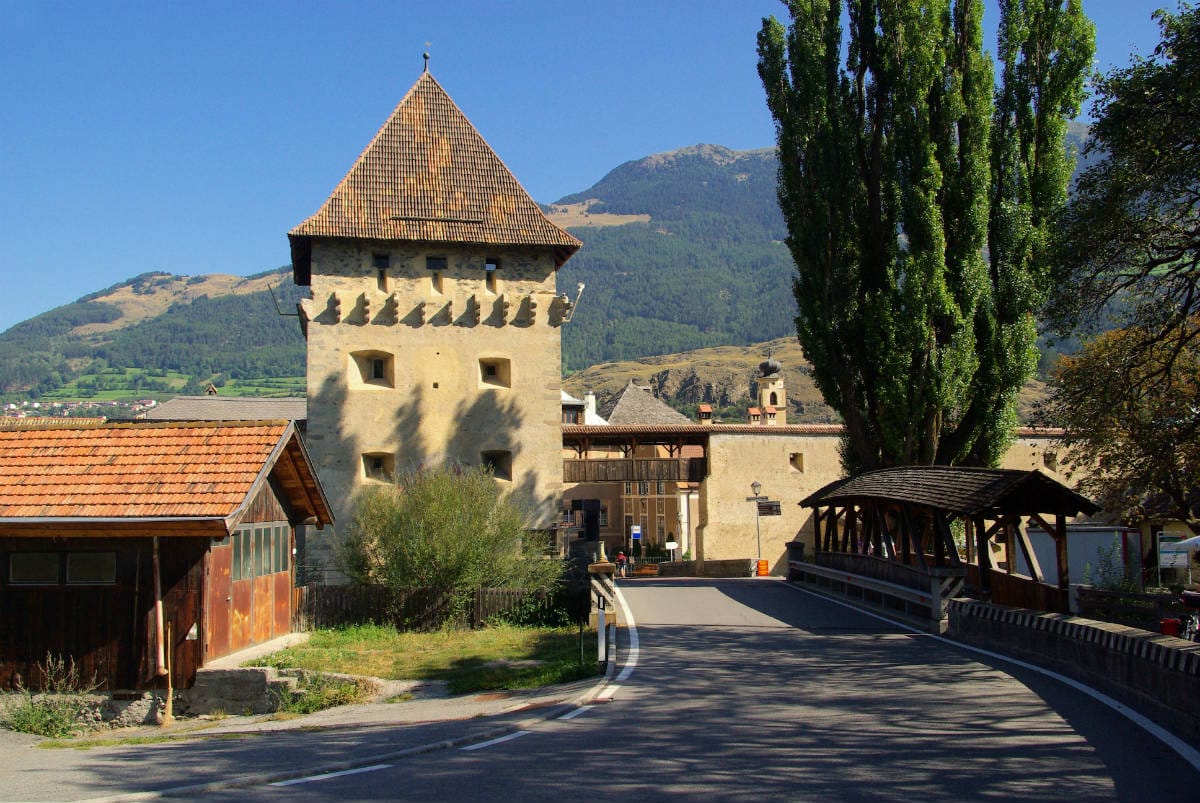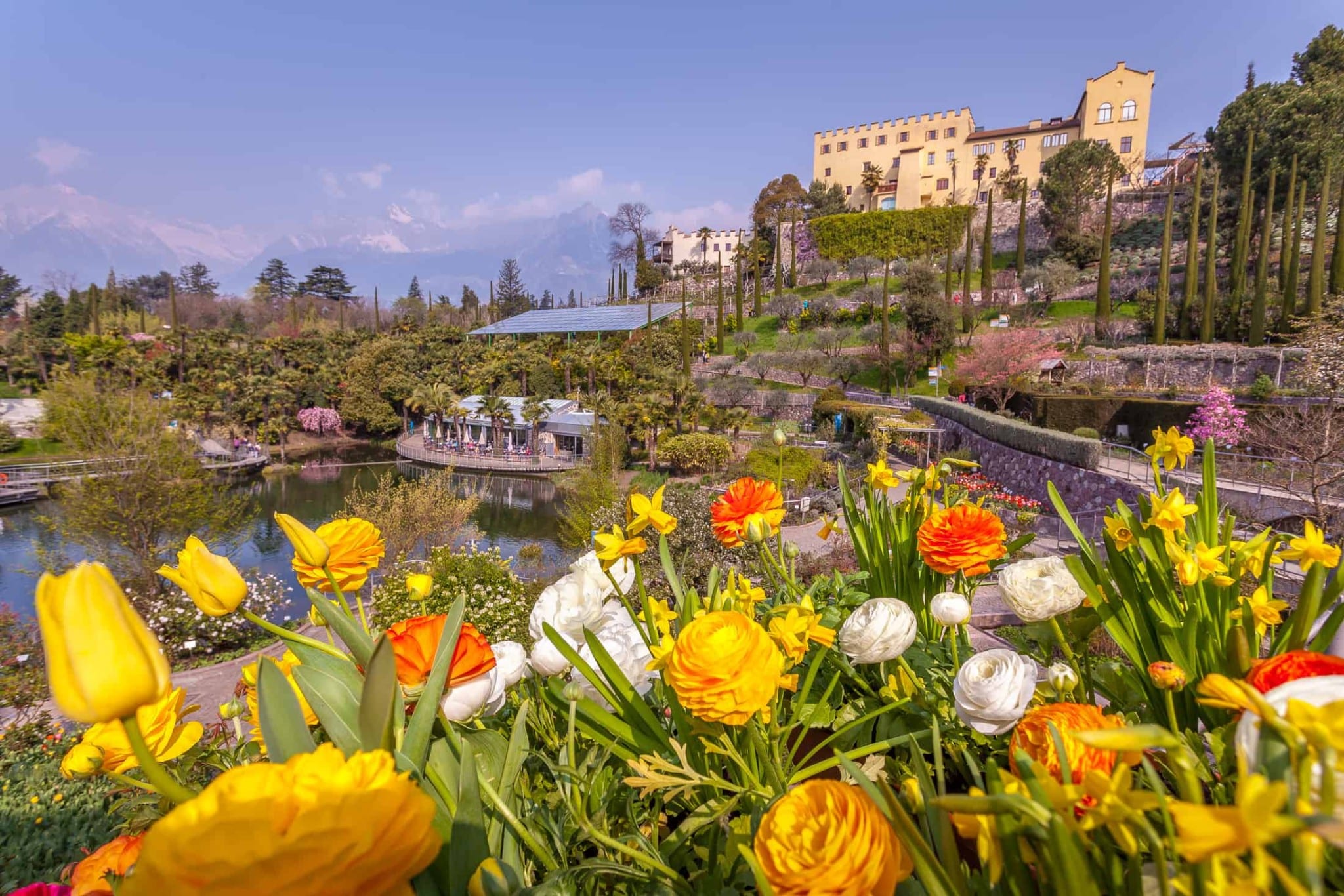Glorenza's origins date back to Carolingian times, but its documented history begins in 1163. In the centuries that followed, the village grew in importance. In 1294, at the behest of Mainard II of Tyrol-Gorizia, the "burgum," a settlement that would give rise to the town of Glorenza, was founded. Due to its strategic location, the burgum became an important commercial crossroads, especially along the Via Claudia Augusta, which connected Rome to Germany, and to Switzerland. In 1304, Glorenza was officially elevated to a town, and it also became a hub for the salt trade, which came from Hall in Tyrol, a monopoly that lasted for centuries. Its commercial importance was such that in 1332 the "Glorenza measure" was adopted for weighing goods in the valley.
A particularly turbulent period for Glorenza was the Battle of Calven in 1499, when the village was destroyed. However, in 1580, it was rebuilt, and thanks to the Habsburgs, it was fortified further with a series of defensive walls and towers. The town took on the appearance we can admire today, with its imposing gates and towers standing as a testament to Glorenza's military past.
In the center of Glorenza, walking through the cobblestone streets, it is possible to breathe in the air of another era. The medieval walls, still intact, surround the village like a protective embrace, and visitors can walk along part of these walls, admiring the surrounding landscape. Among the most interesting monuments is the Town Hall, an elegant building that was used as a noble residence in the 16th century. The Flurin Tower, which housed a prison from 1825 to 1931, and the Malles Tower are other reminders of the town's rich history. The Tubre Gate and Kolben Tower, with their majesty, are perfect for those who wish to immerse themselves in Glorenza's medieval history.
The beating heart of the town is definitely its historic center, characterized by narrow alleys and arcades not found in any other village in the Vinschgau Valley. The arcades, not very high and irregularly shaped, are dotted with stately homes, decorated with frescoes and equipped with Erker, typical protruding balconies that enrich the village's architecture. Walking under these arcades, one has the impression of taking a plunge into the past, with the sound of one's footsteps echoing on the ancient stones.
Another aspect that makes Glorenza unique is its tradition of markets. The St. Bartholomew's Market, held every year in August, is one of the most important events and attracts many tourists and residents. At these markets under the arcades, you can find typical products, local crafts and culinary delicacies that tell the story of the history and culture of the place. In addition to the St. Bartholomew market, Glorenza also hosts the Sealamorkt market in early November, another traditional event that attracts many visitors.
Despite its small size, Glorenza is a town that offers multiple opportunities for those seeking a vacation of culture, nature, and tranquility. The town is surrounded by breathtaking landscapes that are ideal for hiking and biking. The Vinschgau Valley, with its mountains, trails, and lakes, is perfect for those who love nature and tranquility. Among the places not to be missed is Reschen Lake, famous for its submerged bell tower emerging from the waters of the lake, an icon of the area.
Glorenza is also a starting point for other excursions in the surrounding area, such as the Via Claudia Augusta bike route, which runs along the ancient city walls. In winter, winter sports enthusiasts can take advantage of the ski slopes of the Watles ski area and the Venosta Nordic cross-country network.
Despite its unchanged appearance over the centuries, Glorenza is not a static place, but a living village that celebrates its traditions with cultural and historical events and welcomes visitors with a warmth typical of small mountain towns. If you are looking for a corner of history, art and nature, Glorenza is undoubtedly an ideal destination.


